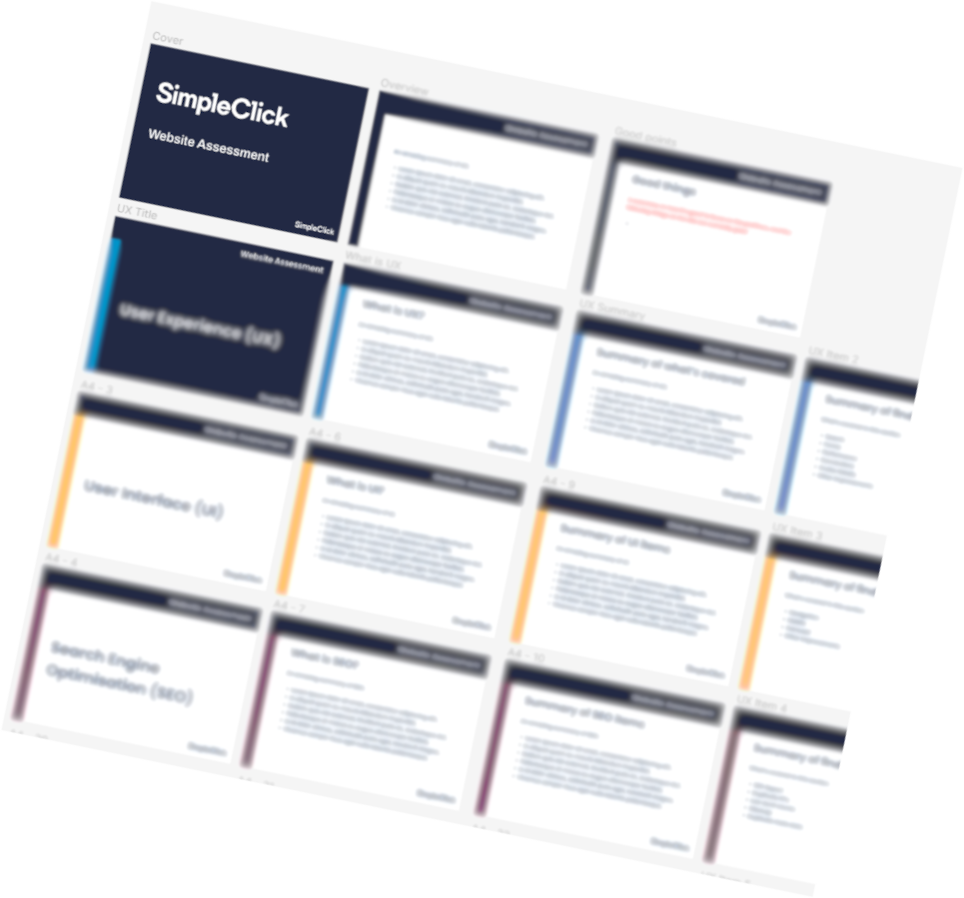
The problem
Fred. Olsen Travel requested assistance to evaluate and improve the UX/UI aspects of one of their websites.
The aim was to generate an increased number of email enquiries and phone calls from potential customers and agents. They believed that a seamless and user-friendly online experience is crucial to achieving this and therefore needed guidance on the next steps.
The solution
A full UX audit was carried out on the site by our team of UX experts, which looked at UX, UI, Accessibility as well as top level technical SEO.
The issues identified were grouped and analysed before recommendations and suggestions were made on how to improve the user experience.
The audit focussed on actionable tasks designed to be quick to implement to allow instant improvements to be made across the site.
Mockups of alternative layouts and ways of presenting content were included where appropriate to help visualise the recommendations.
The audit focussed on the following areas:
- Conversions - enhancing the overall user experience to encourage visitors to take desired actions, such as submitting enquiries, making phone calls or signing up for future marketing.
- Engagement: ways to optimise the UI to engage visitors more effectively, ensuring they find the information they need easily and are motivated to make contact.
- Navigation: guiding visitors to relevant sections, products or services smoothly.
- Mobile Responsiveness: mobile compatibility to cater to users accessing the website through various devices.
- Accessibility: identifying accessibility barriers and providing recommendations to make the website more inclusive and user-friendly for all users.
- SEO: identify technical SEO issues that hamper indexability and crawlability.


